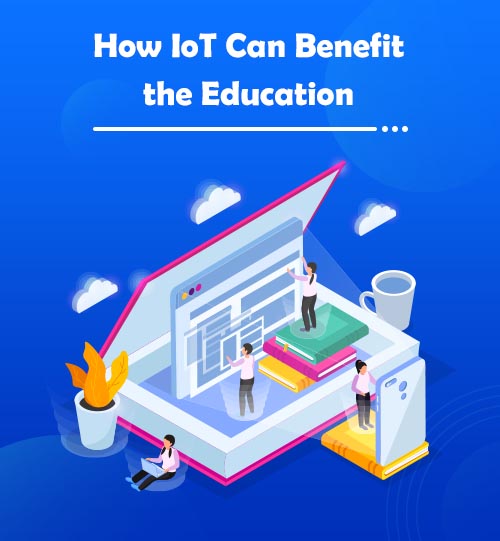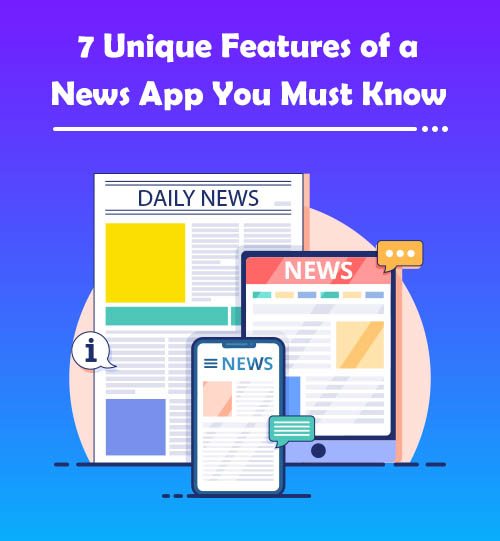Education is the most powerful tool we have in our possession. By educating more and more people, we can drive a better social and technological change, leading to a more prosperous future. Thus, it is imperative to improve the education in terms of access as well as quality.
Technological advancements have significantly impacted education globally. Among all the technologies, the internet has the most profound effect on the way we educate and learn. Today, you can take a Harvard class right from your living room. You can replace high schools with online resources, learn new skills from YouTube, and even take degrees online.
But what’s next? Is there any other technology that can immensely benefit the education system? Obviously, there is. IoT is the technology that has radically revolutionized almost all the industry verticals. The IoT app developers believe that this innovation is one of the next technological advancements in schools, universities, and education in general.
Below, we have explored the role of IoT in education to unearth the boundless opportunities offered by this technology.
Note: If you already know the IoT impact on education and want to adopt this technology, reach out to an experienced IoT app development company.
Now let’s dive in…
Smart Classrooms
We can anticipate that future classrooms will be driven by technology. Augmented Reality (AR) will make the dissection day more humane by eliminating the need for real animals. Virtual Reality (VR) will replace the science class with a true-to-size display of the particles that make up life.
However, the foundation on which these classrooms will operate is the Internet of Things. Occupancy sensors can automatically detect and record the attendance of the students. Wearable devices will determine if the class is disengaged, tired, or need a break, and the whiteboards will record all the notes taken in the class. An IoT network will completely automate all the functions of the class.
Foreign Language Instruction
The most popular way of learning foreign languages is immersion, where one gets real-time feedback from teachers. For example, while learning French in France, you can get instant feedback from native speakers for free. However, such an environment is hard to recreate in other countries where French is spoken.
This is where IoT comes in handy. Utilizing connected devices, foreign language instructors can create a simulation environment to check whether students have made a correct statement, monitor their progress, and provide them real-time feedbacks irrespective of their location.
Task-Based Learning
IoT will impeccably impact the way we teach because connected devices or systems free up the teachers from monitoring students, allowing them to facilitate learning and educate seamlessly. In task-based learning, students learn-by-doing, and instructors help them when required. IoT-enabled systems provide assistance, feedback, and classroom-level monitoring automatically. By signaling teachers for help through an IoT device, no student will get too far ahead or falls too far behind – an issue that has always persisted in the classroom.
Disability Accommodation
IoT is extremely beneficial for disabled learners. For instance, hearing-impaired students may use a pair of smart sign language interpretation gloves and a tablet to translate sign language into audible speech and thus convert sound into written language. Using IoT devices is the best way to provide educational assistance to disable learners or students.
Final Words
IoT may take some time to gain mainstream adoption in education. The fundamental purpose of the IoT applications is to shed light on the massive benefits one can yield by integrating IoT into educational environments. So, we can conclude that IoT can contribute a lot to improving the quality and accessibility of education.
To create an IoT-based solution and facilitate learning globally, approach our IoT app developers.












